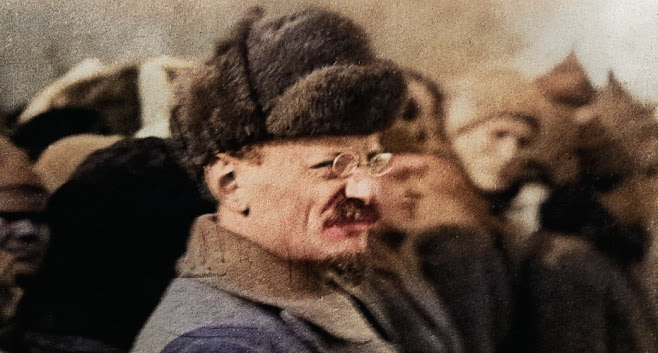The Stage And Social Struggle In Early Modern Britain
Thoughts on opening chapters of The Stage And Social Struggle In Early Modern Britain by Jean E Howard.
‘How often hath her majesty with the grave advice of her honourable Council, sette down the limits of apparel to every degree, and how soon again have the pride of our harts overflowed the Chanel?’
This is from a fascinating book, The Stage And Social Struggle In Early Modern Britain by Jean E Howard. The book as the title suggests is concerned with the ways in which the theatre both reinforced the dominant social mores of Elizabethan and Jacobean England and at the same time undermined them. It was a time of huge social upheaval with the slow transformation out of feudalism of mercantilism to early capitalism and the subsequent rise of new class formations within that. Many peasants and landless labourers had been thrown off the land and had to seek work in the great cities, at this time predominantly London. At the same time the rising capitalist class and their hangers on had to find new ways to see themselves and in fact new ways to be.
The early part of the book is concerned with this presentation of self. In the theatre actors dressed up as aristocrats and kings, men played women and dressed accordingly. This fluidity of dress was reflected in society where new classes of people could afford to buy more sumptuous clothes than before. This led to widespread complaints both against the theatre and against those newly dressed in finery. It was hard to tell, the complainants had it, who was really a gentleman and who was just dressed as one!
'…it is very hard to know, who is noble, who is worshipful, who is a gentleman and who is not.’
Worse still it was hard to tell who chaste women were and those thought to be less so. Even worse there was confusion as to who were men and who were women!
‘there is no difference in apparel between an honest matron and a street strumpet. Yea, many men are becoming so effeminate, that they care not in what they spend in disguising themselves.’
Such was the situation that Queen Elizabeth introduced sumptuary laws regarding how much could be spent on clothes and which kinds of clothes. Certain fabrics, furs and feathers were designated for certain people only and not for others. It was regulated down to which colours could be worn according to which class or occupation people belonged to.
Homilies were read from there pulpit,
‘Against Excess of Apparel’, “Therefor all may not look to wear like apparel, but everyone according to his degree, as God has placed them”. Station in life and the clothes appropriate to it were according to the powers that be, god given. ‘French hose, cork shoes, double racks of starched ruffs, false hair and oversized doublets’ were especially frowned upon by one writer.
Women were also seen as especially prone to this as they were already judged to be duplicitous by nature.
‘Though she do affect singularity, yet she loves plurality of faces’. ‘Not truths, but shadows of truths she is furnished with’. ‘London, London hath her heart, The Exchange is the Temple of her Idols’. Here we can see the railing against the new class and its god, Mamon!
This war against fashion and dress could be thought of as a coming from the old guard, the monarchists and so on. However it was also reflected in the writings of the Puritans, especially in their battle against the Catholic Church, seen to be worshiping false idols and to be essentially duplicitous.
The theatre was said to be a prime location and a broadcaster of these social ills. In Shakespearian times female parts were played by men, dressed as women (there is room for a lot of discourse here as to what this meant to the individuals!)
‘The Law of God very straightly forbids men to put on women’s garments, garments are set down for signs distinctive between sexe and sexe, to take unto us those garments that are of another sexe, is to falsifie , forge and adulterate, contrary to the word of God’.
Similarly this cross dressing, as occurs in several Shakespeare plays and was a common theatrical device of the period, was said to influence women to wear ‘mannish’ clothes. It was wrong said one writer to ‘adulterate the veritie of ones own Kinde’. Note here the idea of the binary truth of ones kind.
So we can see that all the reactionary complaints around dress and gender appearance were present at this period as they are today. The struggle to enforce who were ‘real women’ or ‘real men’ and who were ‘counterfeit’ was as much a part of defending the status quo then as it is now. This was mixed with the need to defend class distinctions, the identification of ‘real gentlemen’ so that society remained stable.
In practice these decrees against ‘shapeshifting’ were applied highly selectively, against the new rising bourgeois class but as always the burdens fell heaviest on the poor.
The opening quote indicates that the battle for hegemony over how people dressed had to be fought and refought. In fact the antitheatrical and antifasion writing indicated that matters of dress were signifiers. It became obvious that these signifiers could be learned and so outward signs of social status could be copied and emulated.
So the battle goes on to this day! Wear what you want! Be what you want!


